THE MIDLAND RAILWAY IN MINIATURE
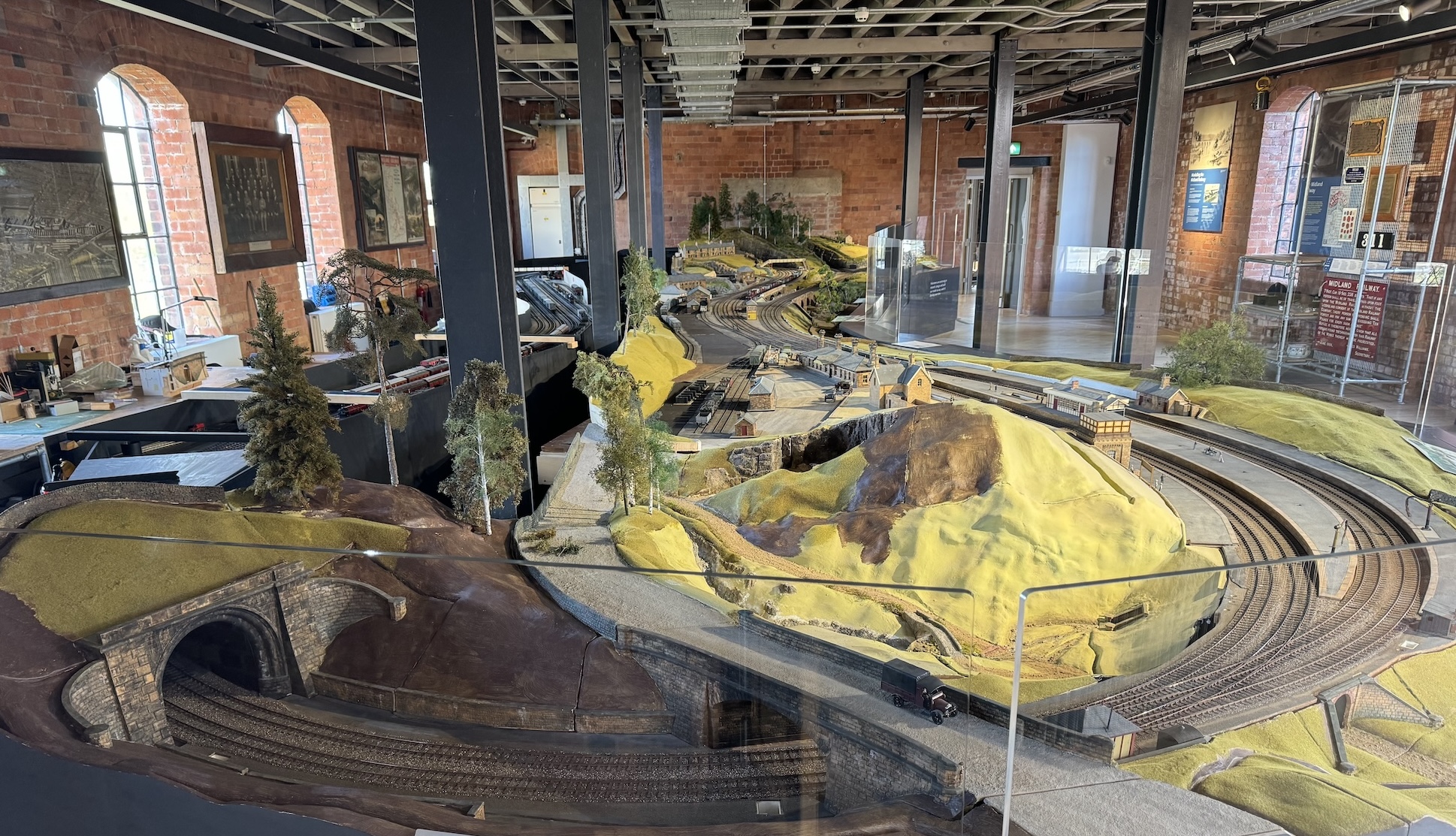
The model railway located in the Museum of Making at Derby is a completely separate project to the Midland Railway Study Centre. Although there is some crossover in respect of volunteers and we always help with historical information where we can, the work on the model is being carried out entirely by Derby Museums and its volunteers. That said, we are located close by and visitors to the Study Centre walk past the model to get to us. We are often asked about its progress and the plans for its future, so that is the purpose of including this page on our web site.
Before the refurbishment of the Silk Mill commenced in 2017, the old Industrial Museum's famous model railway was very carefully disassembled — despite the fact it was certainly not built to be taken apart. While the model was in its temporary store, work continued on developing the scenery modules before reassembly in a completely new position within the Silk Mill took place ready for its reopening as the Museum of Making in September 2020. Since then volunteers are in attendance every Monday while the Museum is closed to the public to painstakingly restore it to to beyond its former glory in the Railways Revealed Gallery (despite a pillar in the new location resulting in the loss of about 18 sq. in. of scenic area). In truth, it probably always will as refinements and improvements continue ad infinitum!
Visitors to the Museum of Making can appreciate the model being operated from Tuesday to Sunday at 11:00 and 14:00.
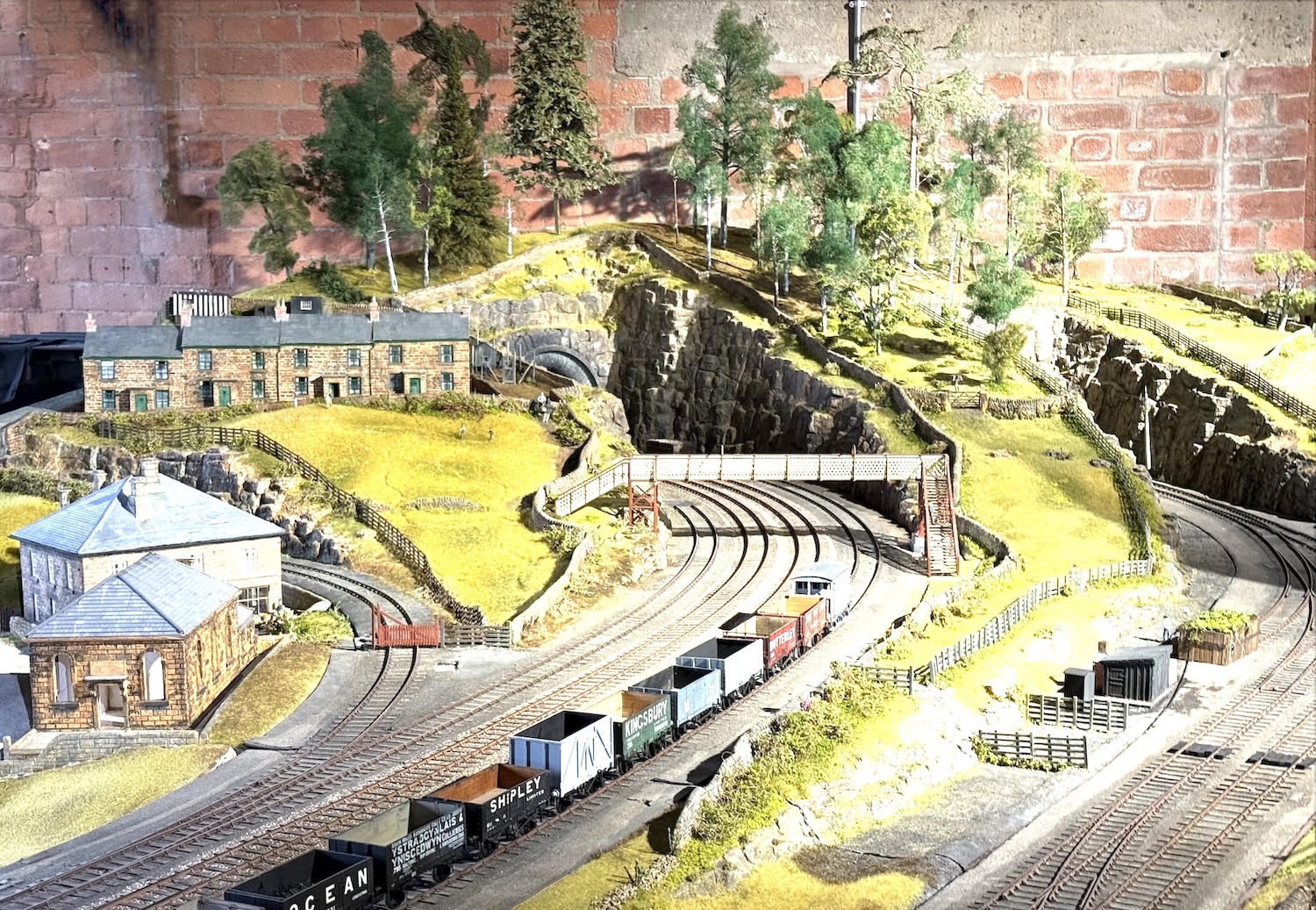

The idea for the model railway was born around the time Britain's railways were being Nationalised after the Second World War. The then Derby Borough Museum decided it wanted preserve the memory of the old industries of Derby and in particular, the Midland Railway, with which the town of Derby had a long connection. On the 26th May 1951 the original 7mm scale “Kirtley” model railway was unveiled to the public.
We have an extensive gallery of photographs of the Model Railway in its “Industrial Museum” incarnation, for your viewing pleasure.
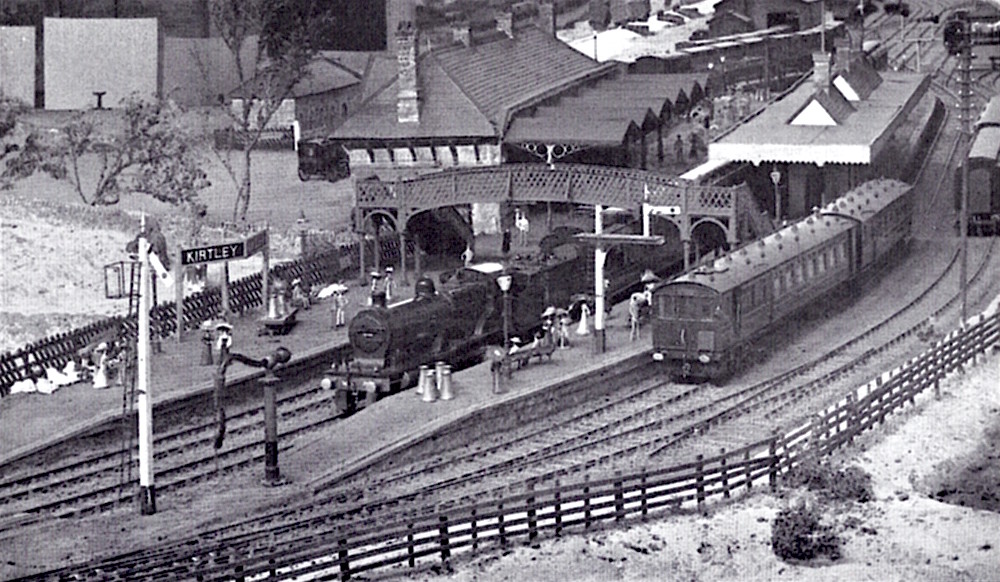
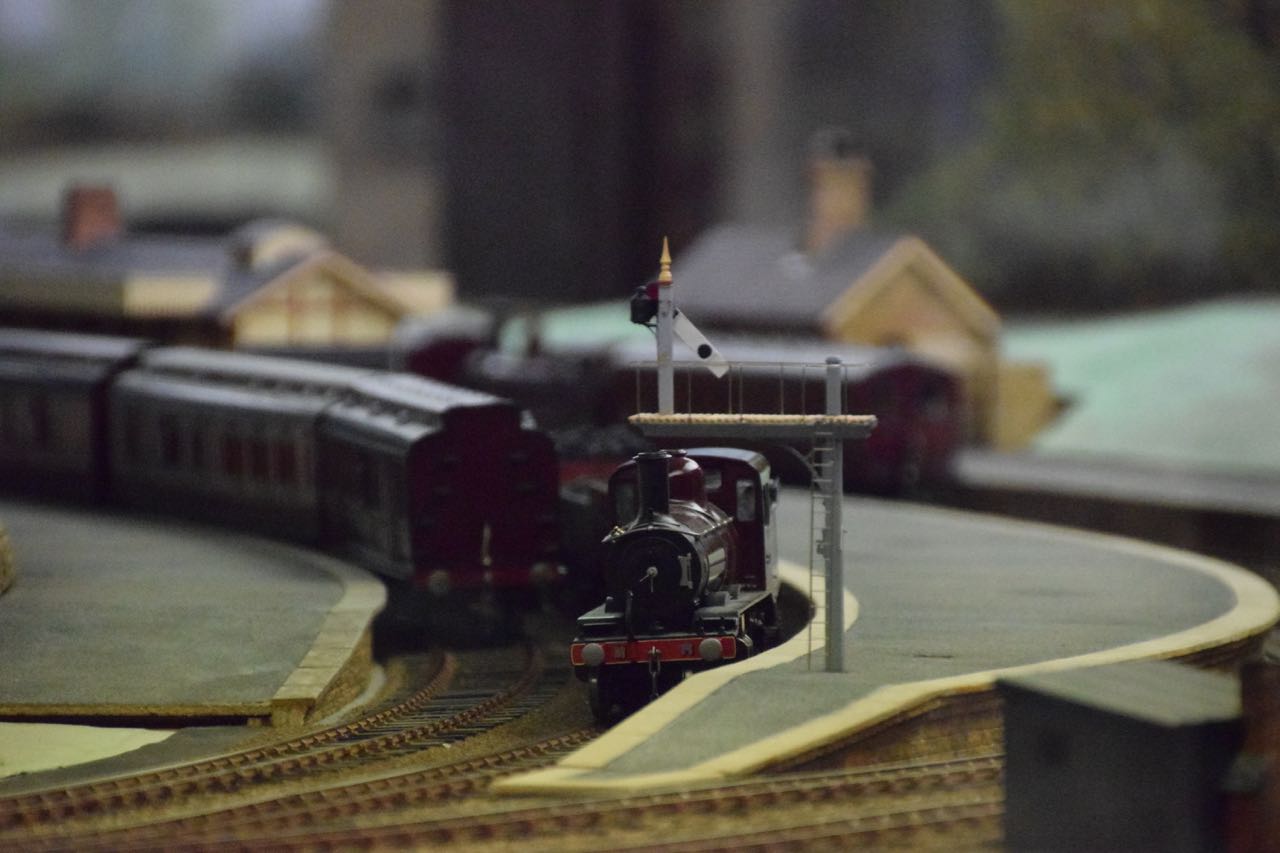
The depth of research undertaken to create the model was enormous. Staff from the Museum had visited the Derby Locomotive Works Drawing Office and obtained copies of the General Arrangement
drawings of the major Midland Railway locomotive classes. From those copies (which are still held in the Midland Railway Study Centre), incredibly skilful modellers scratch-built many of the locomotives seen on the layout today. Credit for the design of the original “Midland Railway Exhibit” is given in the contemporary guide which accompanied it to Messrs. P.A. Larkam (whose research collection is also now in the Midland Railway Study Centre) and W.G.Allen.
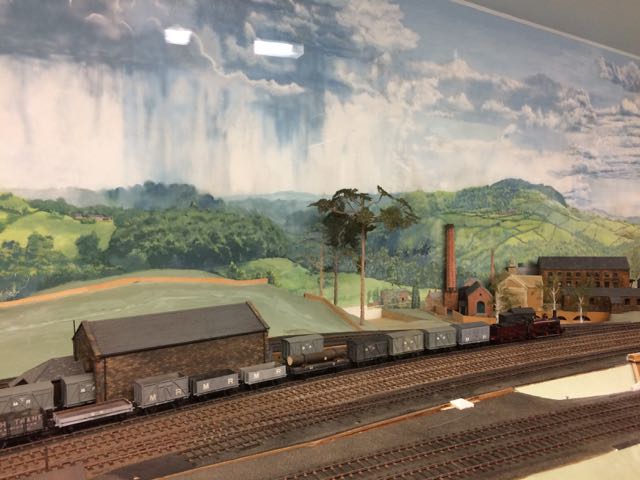
The philosophy then, as now, was to freeze a moment in time — summer 1906 in the case of the current model — then distill some of the distinctive features of the Midland Railway of that time from the Derbyshire countryside into a fictitious location called “Kirtley” (named after the Midland Railway's celebrated first Locomotive Superintendent, Matthew Kirtley).
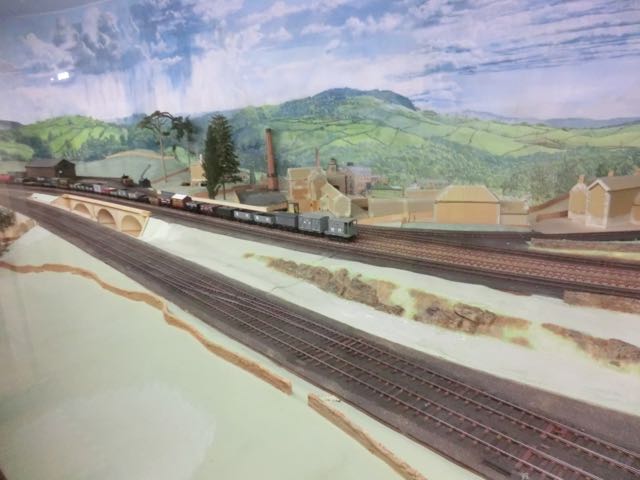
You can watch a video of the model being operated, shot from close quarters with “Behind The Scenes” access over at YouTube.
The original model was located in the Museum and Art Gallery on The Strand. So many visitors to the Midland Railway Study Centre today tell of being taken to see the model by their fathers when they were young. It was truly a rite-of-passage for most Derby boys. When the Derby Industrial Museum was opened in the Silk Mill in 1974, plans were made for the model railway to be transferred to its new home. The locomotive, the rolling stock and many of the buildings from the old model were transferred across, but as the new layout occupied a completely different footprint, everything else had to be created from scratch.
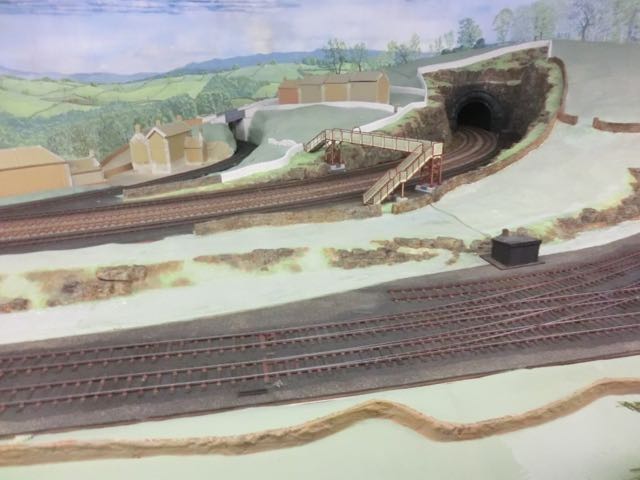
The support was formed of Dexion and the baseboard laid on top. The track forming the new layout was hand built and the scenery slowly began to take shape. The electrical supply, running on 24 volts like its predecessor, was slowly but surely installed and over a period of many years, progress was made to the point where trains can be run and the model demonstrated.
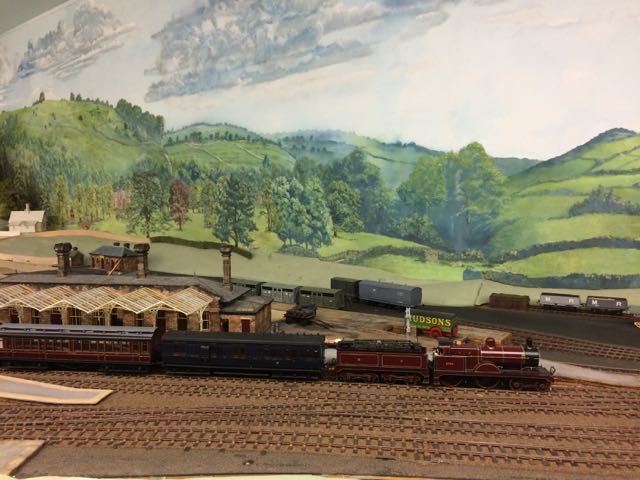
Much of the development of the "new" model was driven by Mark Higginson, the former Keeper of Collections at Derby Industrial Museum. Mark's attention to detail was exemplified the day he came into the Study Centre to enquire if we had any drawings which detailed the angle of slope on a Midland Railway platform (away from the line, of course) to allow surface water run-off. He wanted the detail to be completely accurate. This attention to detail is foremost among the volunteers working on the model today, led by Jeff Mander.
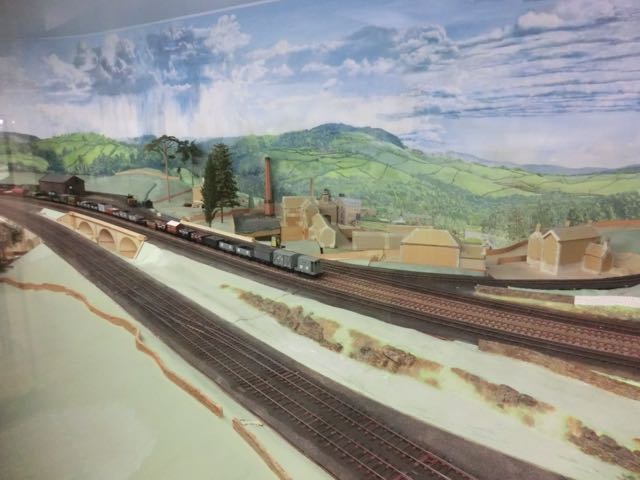
Looking to the future, it is clear that a lot remains to be done, not least on the scenic detail. And it is in the detail that the all the time and attention is being poured. As this page is being written in September 2015, it is the underside of the bridge arches which are being coloured and textured to provide a life-like finish. The signals are being lovingly crafted one-by-one, with each example revealing a feature of Midland Railway signalling practice.
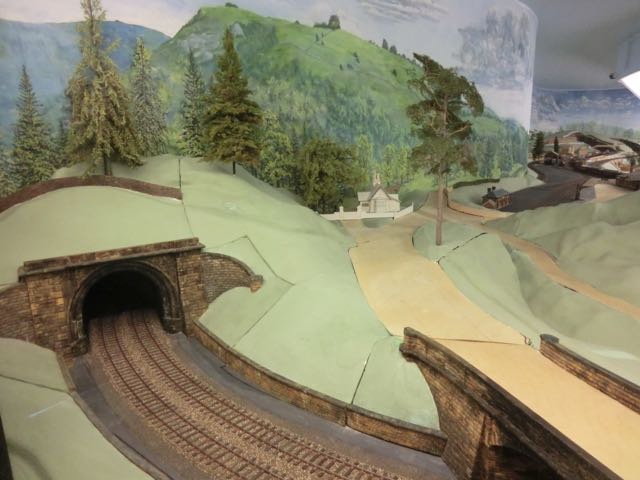
A little way further into the future and the biggest change to the Silk Mill since the creation of the Industrial Museum (arguably, even bigger than that) will be unveiled in 2020. Earlier this year Derby Museums announced that they had been successful in their bid for Heritage Lottery Funding to completely overhaul the Silk Mill and the part it plays in celebrating Derby's history. The focus of the “new” Silk Mill will be Making in Derby — past, present and future. What better way to encapsulate that message than with the Midland Railway in Miniature?
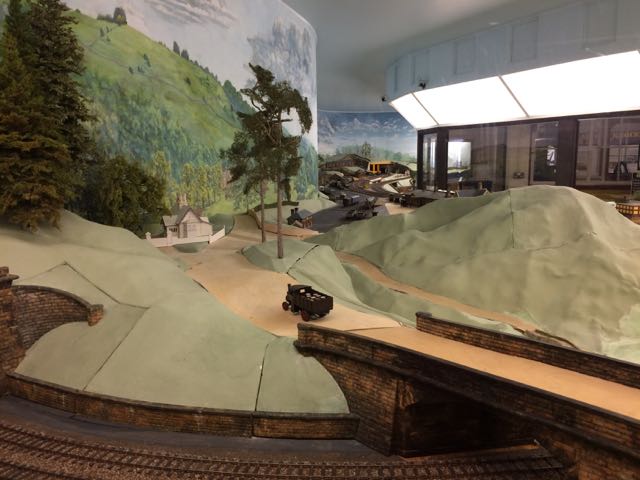
It remains early days in the planning for the new Silk Mill, and in particular, how the redevelopment will impact on the model railway. All options are being carefully explored and it is the fervent hope of all concerned that this work will not set the re-emergence of the model into its former glory back too far.
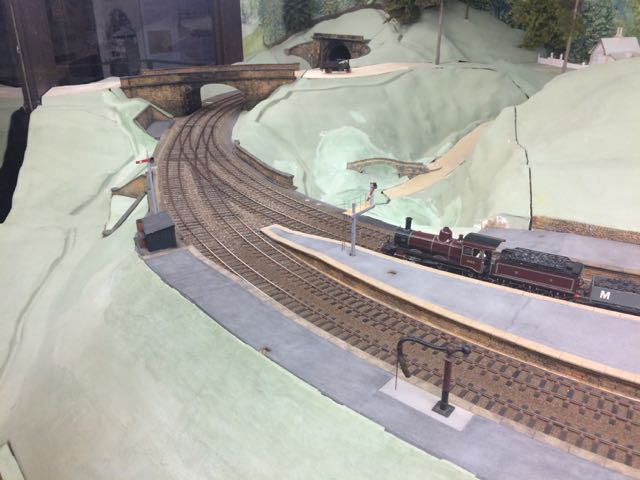
The model is operated for the public on a regular basis and details of forthcoming operating dates can be found on the Derby Museum’s “What’s On” page.
